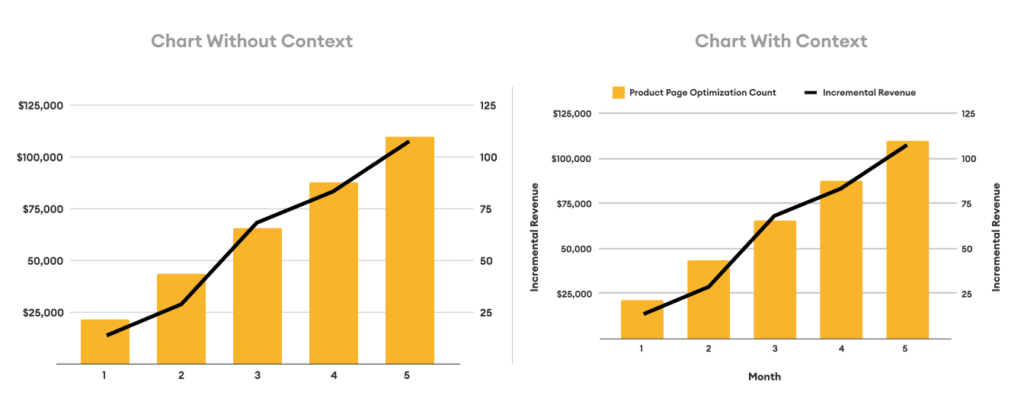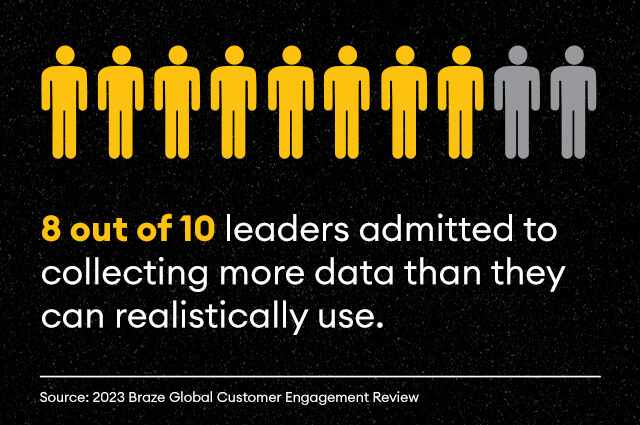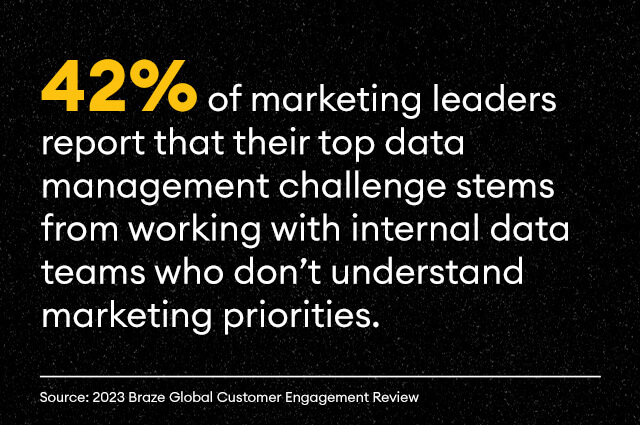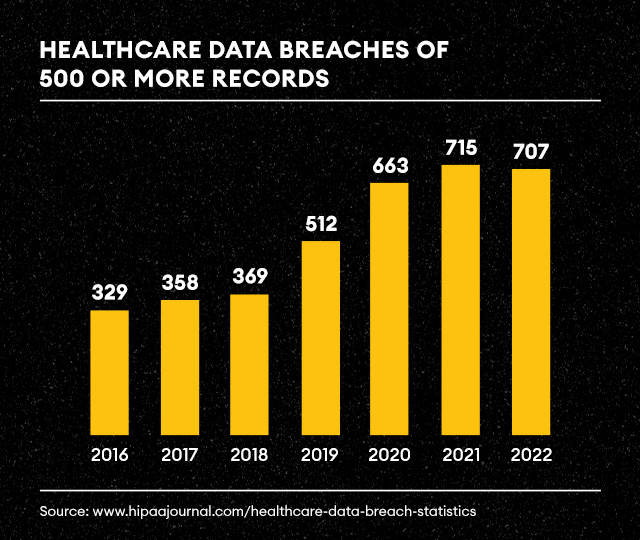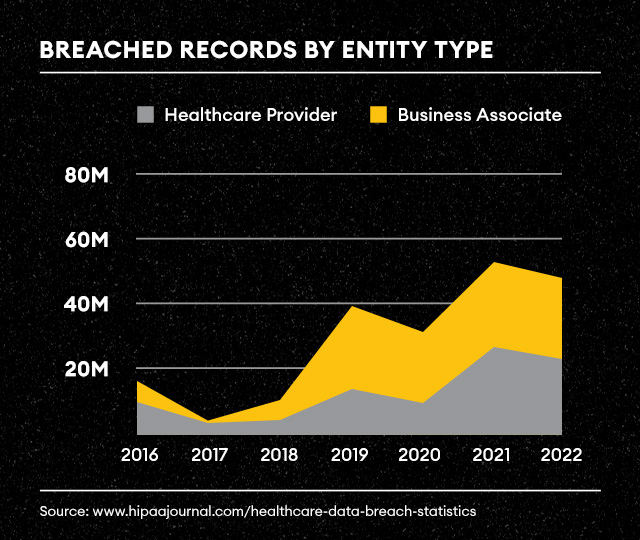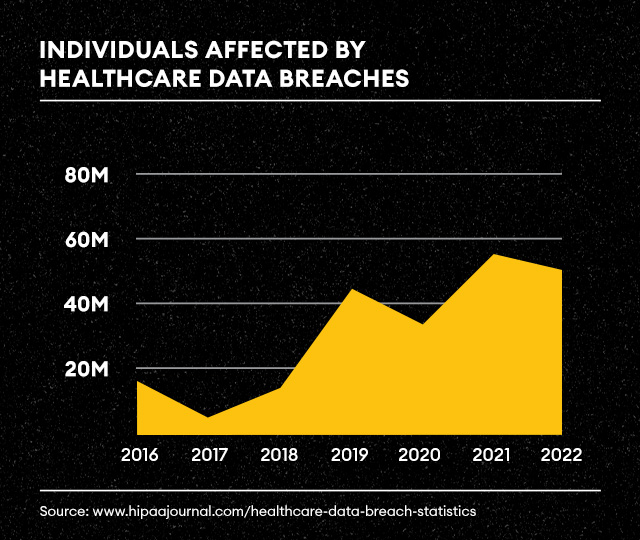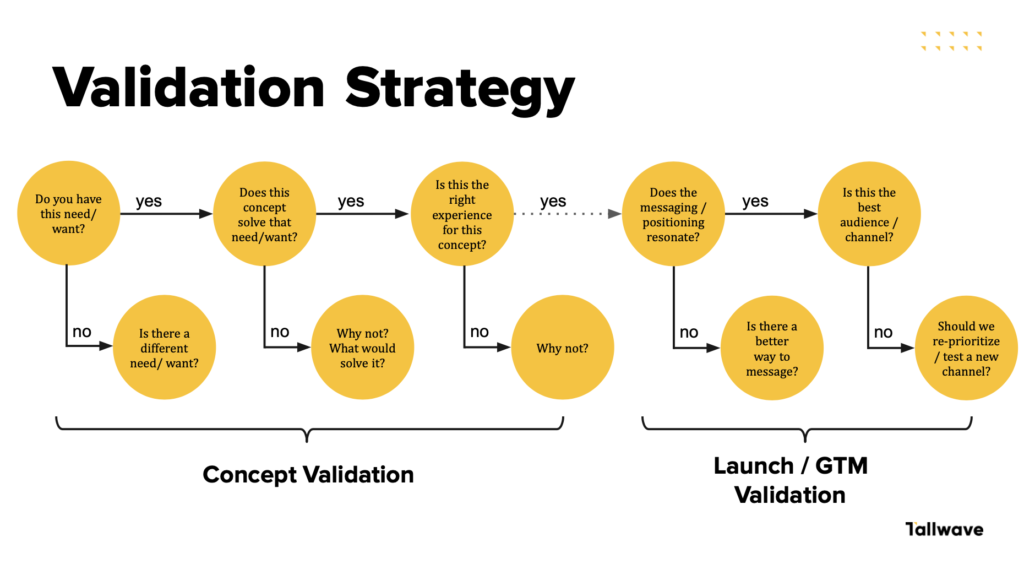There’s no denying that a little external validation feels good, even for experienced marketers. A like on Instagram, a retweet, or maybe even a viral blog post with a million views — those are the warm fuzzies we chase, right?
But here’s the thing: while those metrics might look good in a presentation, they are vanity metrics. And vanity metrics don’t pay the bills. It’s time to stop counting likes and start measuring results. Because, friends, your bottom line can’t cash in on pageviews alone.
When it comes to business success, you need to focus on the metrics that actually impact your business at the end of the day. So, let’s break down the difference between vanity metrics and actionable metrics, and figure out how you can invest in actionable metrics to start making meaningful decisions that are data-driven and goal-oriented.
What’s the difference between vanity and actionable metrics?
Think of actionable metrics like the root of a plant. They are essential for growth and sustainability. Vanity metrics are like petals; they make the plant look beautiful, but are not the foundation of its strength.
Introducing vanity metrics (and why you should be careful)
Vanity metrics are superficial metrics that may seem impressive but don’t provide meaningful insights into your business performance.
Metrics like page views, social media likes, and impressions fall into this category, and while they can signal channel effectiveness and provide indicators of growth, these metrics are simply directional and should not inform decision making that is linked to business goals and outcomes.
Take your page views, for instance. It’s not enough to know that 10,000 people organically viewed your new page yesterday. That may sound great, but what if your ultimate goal is to have those users download a brochure and only 2 of those 10,000 visitors took that high-value action? Not looking so great anymore. Perhaps poor UX design or a technical bug is preventing users from taking that action and if you’re just focusing on pageviews, you may not recognize that there is actually a problem on-site.
What matters most is how many of your website visitors are staying, engaging, and converting. Focusing on vanity metrics like pageviews means you might miss an opportunity to identify what is truly driving (or hindering) growth and performance.
Introducing actionable metrics (and why you should care)
Actionable metrics are meaningful metrics that directly impact your business goals and can be used to make informed decisions. These metrics are tied directly to your business objectives, such as increasing revenue, improving customer retention, or enhancing lead generation, and they drive decision making.
We’re talking conversion rates, cost per conversion, and retention rate. You know, the good stuff.
Actionable metrics provide insights that can be used to adjust strategies and tactics. For example, in reviewing your organic search traffic — an actionable metric — you notice that traffic for a specific set of high-intent keywords has plateaued or dropped, even though those keywords are highly relevant to your business. As a result, you might revise content on existing pages targeting those keywords to better match user intent. You might reoptimize the title tags, meta descriptions, and headers to better align with search engine algorithms. You might strengthen internal linking to the underperforming pages from higher-traffic, authoritative pages within your website to improve their ranking. Using the insights from this actionable metric, you can make targeted adjustments, potentially increasing both keyword rankings and organic traffic for high-intent queries, leading to better visibility, more qualified leads, and increased conversions.
In another example, you might review your cost per acquisition (CPA) for a specific ad campaign and notice it is significantly exceeding your target CPA and making the campaign less cost-effective. As a result, you might refine your audience targeting by narrowing down segments or implementing lookalike audiences to reach a more qualified audience. You might run some A/B tests on different versions of ad copy, headlines, and visuals to see which combinations drive more conversions at a lower cost. Perhaps you might even consider improving the user experience on the landing page. By acting on these insights, you can lower your CPA, increasing the cost-effectiveness of the campaign and maximizing ROAS.
How to set up an actionable measurement strategy
Now that we’ve thrown down some definitions, let’s get to the meat of it: how do you turn these actionable metrics into something your team can rally behind? The secret is in your measurement strategy. Without a well-defined plan, you’re like a football team without a playbook—you might make some progress, but you’ll never get to the end zone.
Step one? Identify your goals. Whether it’s organic search growth, increased conversions, or happier customers, start by defining what success looks like for your business. Next, choose KPIs that align with these goals. For example, if your goal is to increase sales, actionable metrics like conversion rates and cost per acquisition (CPA) should be at the top of your list.
Once you’ve defined your goals and KPIs, select the tools that will help you track and report on these metrics. Tools like Google Analytics, Hotjar, and SEMrush can provide the in-depth data you need to make informed decisions. But remember, tracking the right metrics is just the beginning. You’ll need to analyze, test, and iterate on your strategies continuously.
Actionable metrics in action! Important things you might track
Here are some actionable metrics that you should be paying attention to:
Actionable engagement metrics:
- Click-through rate (CTR): The CTR reflects how compelling your content is on the surface. Are people intrigued enough by the messaging and/or creative to click through? A high CTR can indicate strong relevance, but without conversions, it might be time to refine your targeting.
- Cost per click: Getting clicks on your ads is important, but how much are you paying for each one? CPC measures the amount you spend each time someone clicks on your ad, giving you insight into the efficiency of your campaigns. Monitoring this metric helps you optimize ad spend, refine targeting, and improve the overall return on investment.
- Keyword rankings: Driving traffic to your site starts with visibility, but how well are your target keywords performing? Keyword rankings track where your site appears in search engine results for specific terms, giving insight into your SEO efforts. Monitoring this metric helps you adjust strategies to improve search visibility, attract more qualified traffic, and increase conversions.
- Core Web Vitals: Google’s key metrics for website performance — make sure your site is lightning fast, responsive, and user-friendly.
Actionable conversion metrics:
- Conversion rate: Are clicks translating into real business? If you’re seeing high engagement but low conversions, it could signal issues with the landing page or the offer. This metric connects clicks with actual outcomes, telling the full story of your ad’s performance.
- Cost per acquisition (CPA): This metric shows the efficiency of your campaigns by measuring how much you spend to convert a user into a customer. Are you spending too much for each new customer? Optimizing CPA helps ensure your budget is working smarter, not harder.
- Return on ad spend (ROAS): For every dollar you’re spending on ads, how much are you getting back? ROAS helps you understand the effectiveness of your ad spend, but it’s important to factor in long-term value, not just immediate returns.
Actionable customer affinity metrics:
- Customer satisfaction (CSAT): It’s one thing for users to adopt your product, but are they happy with it? CSAT scores help you measure sentiment and reveal areas for improvement. Monitoring CSAT can help you prioritize fixes or new features.
- Product adoption rate: Adoption isn’t just about signups; it’s about active, regular use. Are users finding long-term value in your product? Measuring this helps ensure that your product is not only attracting users but also retaining them for ongoing success.
- Customer retention: Acquiring customers is crucial, but keeping them is even more important for long-term growth. Customer retention measures how well you maintain relationships with existing customers, providing insight into loyalty and the overall customer experience. Tracking this metric helps you refine strategies to reduce churn and boost lifetime value.
- Customer lifetime value: Attracting new customers is vital, but how much value do they bring over time? CLV measures the total revenue a customer is expected to generate during their relationship with your business. Monitoring this metric helps you focus on increasing long-term profitability through retention, upsells, and better customer experiences.
Turning actionable metrics into success
Once you’ve got the right metrics in place, it’s time to use them to your advantage. While vanity metrics shouldn’t be the primary focus, they have value in contexts like brand awareness and credibility. Actionable metrics, on the other hand, provide valuable insights that can help you optimize your marketing strategies, making them more effective and efficient.
At the end of the day, the success of your marketing efforts hinges on which metrics you use to guide your decision making. Vanity metrics might make you feel good, but actionable metrics are what drive real business results. By implementing a strong measurement strategy and tracking the metrics that matter, you can ensure continuous improvement and growth.Want help developing a measurement strategy that focuses on what really matters? Let’s talk. We’re here to help you achieve measurable success through data-driven decision-making.







